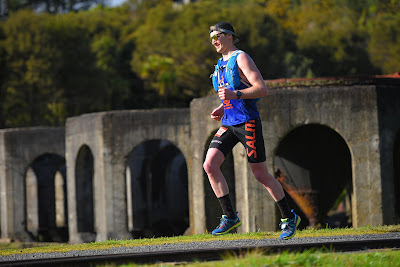Nike AlphaFly. It’s not the carbon plate. New Research 2020.
A study has been released (Feb 2020, pre-publication) that looks into the physics and physiology of carbon fiber plates in running shoes; “Adding carbon fiber to shoe soles does not improve running economy: a muscle-level explanation.” (Full study HERE ). The goal of any running shoe manufacture is to help an athlete reduce the energetic cost of running at a given speed. I.e improve running economy. Traditionally, shoe manufactures did this by making shoes ultra-light. However, over the last few years, we’ve seen the introduction of monster truck shoes with stacks of cushioning and carbon fiber plates. Carbon Fiber Plated Shoes Despite numerous world records being broken since the introduction of the Nike VaporFly in 2017 we’re yet to see conclusive evidence if the carbon fibre plate adds a performance boost, as opposed to the cushioning that surrounds it. Nike VaporFly 4% As at March 2020, there have been two studies showing an improvement in running


